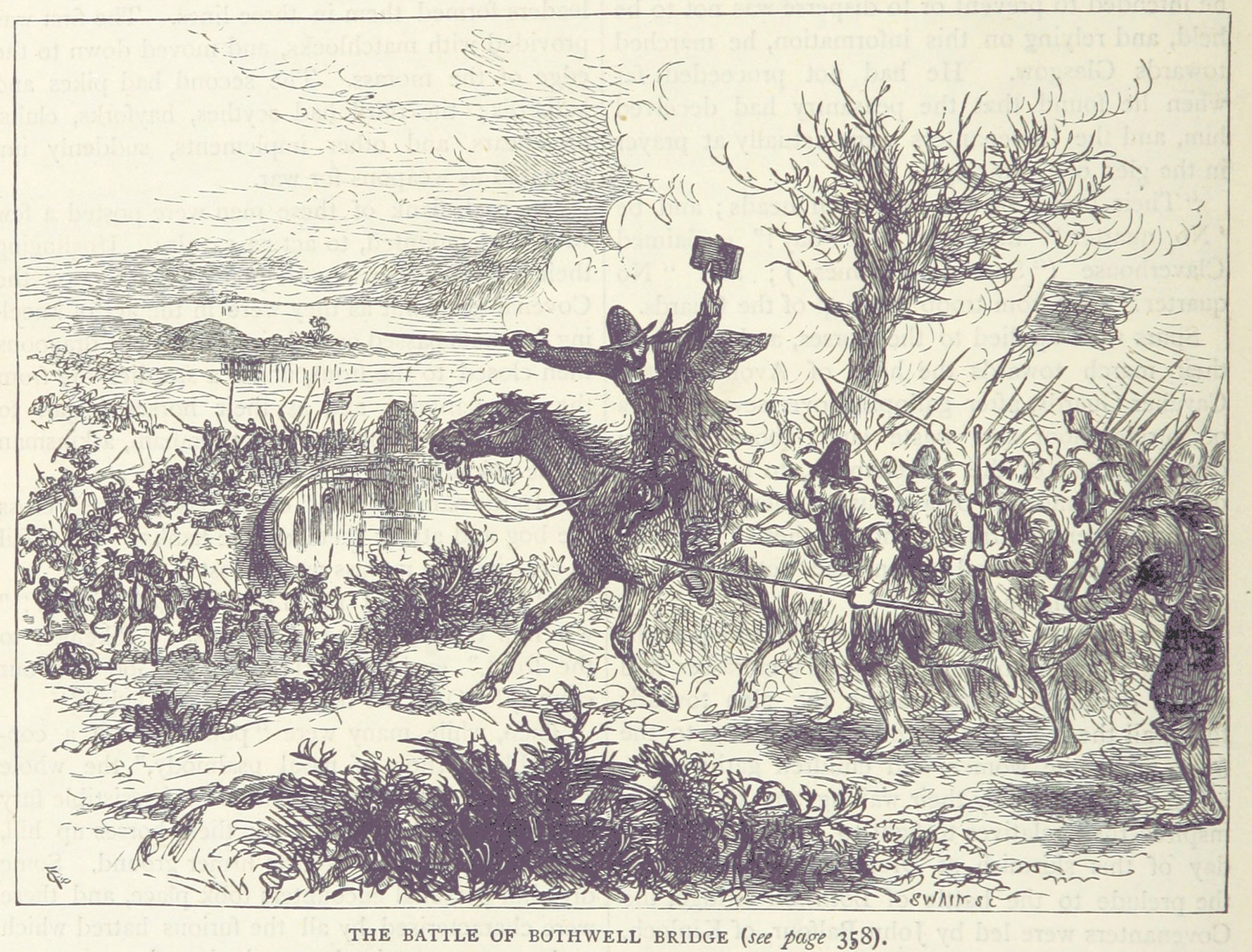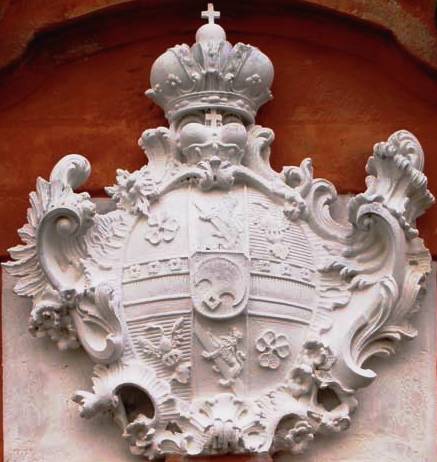|
Franz Konrad Von Stadion Und Thannhausen
Franz Konrad von Stadion und Thannhausen (1679–1757) was the Prince-Bishop of Bamberg from 1753 to 1757. Biography Franz Konrad von Stadion und Thannhausen was born in Arnstein on 29 August 1679. He became a canon of Bamberg Cathedral in 1695. He was sent to Rome and Angers to study. In 1709, the Archbishop of Mainz named him ambassador to the court of Saxony. He became a member of the cathedral chapter of Würzburg Cathedral in 1719. He was ordained as a priest on 2 February 1724. He became provost of Würzburg Cathedral in 1729. On 23 July 1753 he was appointed Prince-Bishop of Bamberg, with Pope Benedict XIV confirming the appointment on 26 September 1753. He was consecrated as a bishop by Heinrich Joseph von Nitschke, auxiliary bishop of Bamberg Bamberg (, , ; East Franconian: ''Bambärch'') is a town in Upper Franconia, Germany, on the river Regnitz close to its confluence with the river Main. The town dates back to the 9th century, when its name was derived ... [...More Info...] [...Related Items...] OR: [Wikipedia] [Google] [Baidu] |
Prince-Bishopric Of Bamberg
The Prince-Bishopric of Bamberg (german: Hochstift Bamberg) was an ecclesiastical State of the Holy Roman Empire. It goes back to the Roman Catholic Diocese of Bamberg established at the 1007 synod in Frankfurt, at the behest of King Henry II to further expand the spread of Christianity in the Franconian lands. The bishops obtained the status of Imperial immediacy about 1245 and ruled their estates as Prince-bishops until they were subsumed to the Electorate of Bavaria in the course of the German Mediatisation in 1802. State The Bishops of Bamberg received the princely title by Emperor Frederick II of Hohenstaufen before his deposition by Pope Innocent IV in 1245, whereby the diocese became an Imperial state, covering large parts of the current Bavarian region of Franconia ("Main Franconia"). Part of the Franconian Circle (territories grouped together within the Holy Roman Empire for defensive purposes) from 1500 onwards, the Bamberg territory was bordered, among others, ... [...More Info...] [...Related Items...] OR: [Wikipedia] [Google] [Baidu] |
Würzburg Cathedral
Würzburg Cathedral (german: Würzburger Dom) is a Roman Catholic cathedral in Würzburg in Bavaria, Germany, dedicated to Saint Kilian. It is the seat of the Bishop of Würzburg and has served as the burial place for the Prince-Bishops of Würzburg for hundreds of years. With an overall length of 103 metres, it is the fourth largest Romanesque church building in Germany, and a masterpiece of German architecture from the Salian period. Notable later additions include work by Tilman Riemenschneider and Balthasar Neumann. The cathedral was heavily damaged by British bombs in March 1945 but rebuilt post-World War II. History The present cathedral was built from 1040 onwards by Bishop Bruno of Würzburgis. It likely was the third church on the site: the previous two, built in about 787 and 855, were respectively destroyed and severely damaged by fire. After Bruno's accidental death in 1045, his successor Adalbero completed the building in 1075. Due to several rebuildings, notabl ... [...More Info...] [...Related Items...] OR: [Wikipedia] [Google] [Baidu] |
1679 Births
Events January–June * January 24 – King Charles II of England dissolves the "Cavalier Parliament", after nearly 18 years. * February 3 – Moroccan troops from Fez are killed, along with their commander Moussa ben Ahmed ben Youssef, in a battle against rebels in the Jbel Saghro mountain range, but Moroccan Sultan Ismail Ibn Sharif is able to negotiate a ceasefire allowing his remaining troops safe passage back home. * February 5 – The Treaty of Celle is signed between France and Sweden on one side, and the Holy Roman Empire, at the town of Celle in Saxony (now in Germany). Sweden's sovereignty over Bremen-Verden is confirmed and Sweden cedes control of Thedinghausen and Dörverden to the Germans. * February 19 – Ajit Singh Rathore becomes the new Maharaja of the Jodhpur State a principality in India also known as Marwar, now located in Rajasthan state. * March 6 – In England, the " Habeas Corpus Parliament" (or "First Exclusion Parliam ... [...More Info...] [...Related Items...] OR: [Wikipedia] [Google] [Baidu] |
Adam Friedrich Von Seinsheim
Adam Friedrich Graf von Seinsheim (1708–1779) was the Prince-Bishop of Würzburg from 1755 to 1779 and Prince-Bishop of Bamberg from 1757 to 1779. Adam Friedrich von Seinsheim was born in Regensburg on 16 February 1708, the son of Maximilian Franz ''Graf'' von Seinsheim (1681-1739) and his wife Anna Philippina ''Gräfin'' von Schönborn (1685-1721). Article on German Wikipedia His mother was the sister of Franz Georg von Schönborn, Archbishop-Elector of Trier; Friedrich Karl von Schönborn, Prince-Bishop of Bamberg and Würzburg; and Damian Hugo Philipp von Schönborn, Prince-Bishop of Speyer. He became a canon of Bamberg Cathedral and Würzburg Cathedral in 1718. He studied Christian theology at the University of Salzburg (master's degree 1724) and at the ''Collegium Germanicum'' 1725-27; and law at the University of Würzburg and Leiden University. In 1747, he became provost of the Church of St. Gangolf in Bamberg. He was ordained as a priest on 29 September 1753. T ... [...More Info...] [...Related Items...] OR: [Wikipedia] [Google] [Baidu] |
Johann Philipp Anton Von Franckenstein
Johann Philipp Anton Freiherr von und zu Franckenstein, born in Forchheim on 27 March 1695, appointed in 1743 as Vicar-General of Mainz, was from 1746 to 1753 ruling Prince-bishop of Bamberg. Biography Early life Johann Philipp Anton von Franckenstein was the son of Johannes Freiherr von und zu Frankenstein and his wife Maria Margareta ''Freiin'' von Eyb. His great uncles were Johannes Karl von und zu FranckensteinProfile from catholic-hierarchy.org Article on German Wikipedia (Prince-Bishop of Worms), Johann Martin von Eyb (Prince Bishop of Eichstätt) und |
Bishop
A bishop is an ordained clergy member who is entrusted with a position of authority and oversight in a religious institution. In Christianity, bishops are normally responsible for the governance of dioceses. The role or office of bishop is called episcopacy. Organizationally, several Christian denominations utilize ecclesiastical structures that call for the position of bishops, while other denominations have dispensed with this office, seeing it as a symbol of power. Bishops have also exercised political authority. Traditionally, bishops claim apostolic succession, a direct historical lineage dating back to the original Twelve Apostles or Saint Paul. The bishops are by doctrine understood as those who possess the full priesthood given by Jesus Christ, and therefore may ordain other clergy, including other bishops. A person ordained as a deacon, priest (i.e. presbyter), and then bishop is understood to hold the fullness of the ministerial priesthood, given responsibility b ... [...More Info...] [...Related Items...] OR: [Wikipedia] [Google] [Baidu] |
Consecrated
Consecration is the solemn dedication to a special purpose or service. The word ''consecration'' literally means "association with the sacred". Persons, places, or things can be consecrated, and the term is used in various ways by different groups. The origin of the word comes from the Latin stem ''consecrat'', which means dedicated, devoted, and sacred. A synonym for consecration is sanctification; its antonym is desecration. Buddhism Images of the Buddha and bodhisattvas are ceremonially consecrated in a broad range of Buddhist rituals that vary depending on the Buddhist traditions. Buddhābhiseka is a Pali and Sanskrit term referring to these consecration rituals. Christianity In Christianity, consecration means "setting apart" a person, as well as a building or object, for God. Among some Christian denominations there is a complementary service of "deconsecration", to remove a consecrated place of its sacred character in preparation for either demolition or sale for s ... [...More Info...] [...Related Items...] OR: [Wikipedia] [Google] [Baidu] |
Pope Benedict XIV
Pope Benedict XIV ( la, Benedictus XIV; it, Benedetto XIV; 31 March 1675 – 3 May 1758), born Prospero Lorenzo Lambertini, was head of the Catholic Church and ruler of the Papal States from 17 August 1740 to his death in May 1758.Antipope Benedict X, Pope Benedict X (1058–1059) is now considered an antipope. At the time, however, this status was not recognized by church historians, and so the tenth legitimate pontiff by this name is the one who took the official name Pope Benedict XI, Benedict XI (1303–1304). This has advanced the numbering of all subsequent Popes Benedict by one. Popes Benedict XI–XVI are therefore the tenth through fifteenth popes by that name. Perhaps one of the best scholars to sit on the papal throne, yet often overlooked, he promoted scientific learning, the Baroque arts, reinvigoration of Thomism, and the study of the human form. Firmly committed to carrying out the decrees of the Council of Trent and authentic Catholic teaching, Benedict ... [...More Info...] [...Related Items...] OR: [Wikipedia] [Google] [Baidu] |
Provost (religion)
A provost is a senior official in a number of Christian Churches. Historical development The word ''praepositus'' (Latin: "set over", from ''praeponere'', "to place in front") was originally applied to any ecclesiastical ruler or dignitary. It was soon more specifically applied to the immediate subordinate to the abbot of a monastery, or to the superior of a single cell, and it was defined as such in the Rule of St Benedict. The dean (''decanus'') was a similarly ranked official. Chrodegang of Metz adopted this usage from the Benedictines when he introduced the monastic organization of canon-law colleges, especially cathedral capitular colleges. The provostship (''praepositura'') was normally held by the archdeacon, while the office of dean was held by the archpriest. In many colleges, the temporal duties of the archdeacons made it impossible for them to fulfil those of the provostship, and the headship of the chapter thus fell to the dean. The title became ''prevost'' in ... [...More Info...] [...Related Items...] OR: [Wikipedia] [Google] [Baidu] |
Priesthood (Catholic Church)
The priesthood is the office of the ministers of religion, who have been commissioned ("ordained") with the Holy orders of the Catholic Church. Technically, bishops are a priestly order as well; however, in layman's terms ''priest'' refers only to presbyters and pastors (parish priests). The church's doctrine also sometimes refers to all baptised (lay) members as the "common priesthood", which can be confused with the ministerial priesthood of the consecrated clergy. The church has different rules for priests in the Latin Church–the largest Catholic particular church–and in the 23 Eastern Catholic Churches. Notably, priests in the Latin Church must take a vow of celibacy, whereas most Eastern Catholic Churches permit married men to be ordained. Deacons are male and usually belong to the diocesan clergy, but, unlike almost all Latin Church (Western Catholic) priests and all bishops from Eastern or Western Catholicism, they may marry as laymen before their ordination as cler ... [...More Info...] [...Related Items...] OR: [Wikipedia] [Google] [Baidu] |





